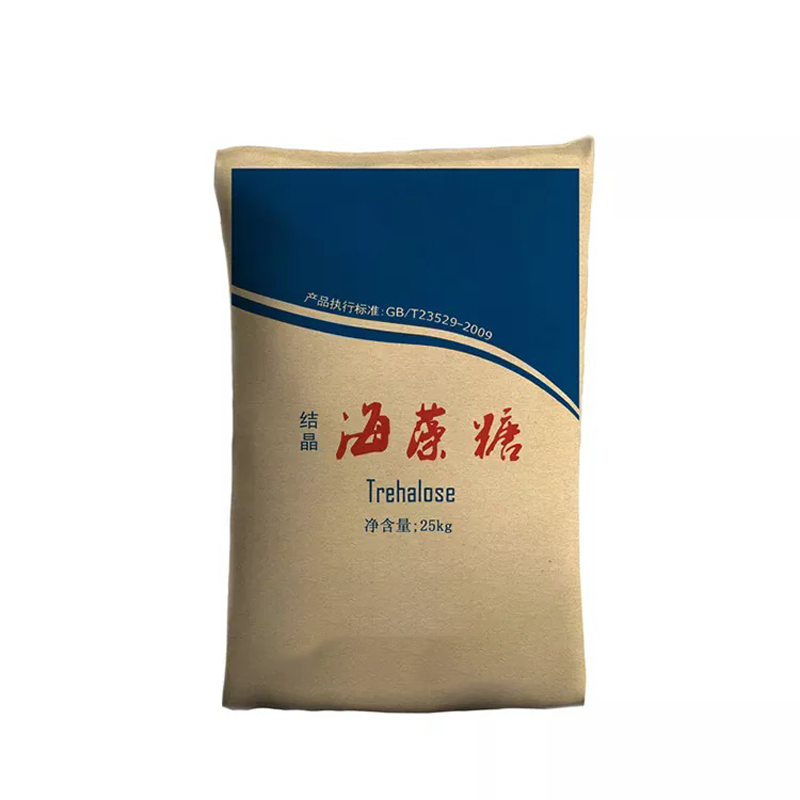Trehalose
Product Application
1. Foods
Trehalose has been accepted as a novel food ingredient under the GRAS terms in the U.S. and the EU. Trehalose has also found commercial application as a food ingredient. The uses for trehalose span a broad spectrum that cannot be found in other sugars, the primary one being its use in the processing of foods. Trehalose is used in a variety of processed foods such as dinners, western and Japanese confectionery, bread, vegetables side dishes, animal-derived deli foods, pouch-packed foods, frozen foods, and beverages, as well as foods for lunches, eating out, or prepared at home. This use in such a wide range of products is due to the multi-faceted effects of trehalose’s properties, such as its inherently mild sweet flavor, its preservative properties, which maintain the quality of the three main nutrients (carbohydrates, proteins, fats), its powerful water-retention properties that preserve the texture of foods by protecting them from drying out or freezing, its properties to suppress smells and tastes such as bitterness, stringency, harsh flavors, and the stench of raw foods, meats, and packaged foods, which when combined can potentially bring about promising results. However, less-soluble and less-sweet than sucrose, trehalose is seldom used as a direct replacement for conventional sweeteners, such as sucrose, regarded as the “gold standard.”
2. Cosmetics
Capitalizing on trehalose’s moisture-retaining capacity, it is used as a moisturizer in many basic toiletries such as bath oils and hair growth tonics.
3. Pharmaceuticals
Using trehalose’s properties to preserve tissue and protein to full advantage, it is used in organ protection solutions for organ transplants.
4. Others
Other fields of use for trehalose span a broad spectrum including fabrics that have deodorization qualities and are compatible to Japan’s official ‘Cool Biz’ attire, plant activation, antibacterial sheets, and nutrients for larvae.
Product Specification
| Item | Standard |
| Appearance | Fine, White, Crystalline power, odorless |
| Molecular formula | C12H22O11 • 2H20 |
| Assay | ≥98.0% |
| Loss on drying | ≤1.0% |
| PH | 5.0-6.7 |
| Ignition residue | ≤0.05% |
| Chromaticity | ≤0.100 |
| Turbidity | ≤0.05 |
| Optical rotation | +197°~+201° |
| Pb/(mg/kg) mg/kg | ≤0.5 |
| As/(mg/kg) mg/kg | ≤0.5 |
| Mold and yeast CFU/g | ≤100 |
| Total plate count CFU/g | ≤100 |
| Coliforms MPN/100g | Negative |
| Salmonella | Negative |
Production Workshop
Warehouse
R & D Capability
Packing & Shipping
Professional technical engineer dedicated to guide you
According to your actual needs, choose the most reasonable overall design and planning procedures
